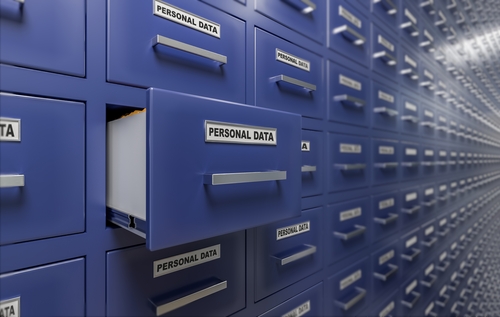Who cares if Google Maps has images of your house from both the street and the sky?
I mean, really, what's the harm?
Those are just harmless data points about your life (and others') that have helped you get where you are going through GPS.
However, powerful methods of analyzing big data may someday change your thoughts on this.
Using images of your house to determine the chances of a car accident
The tip of this big data iceberg was revealed in a new joint research project between teams at Stanford University and the University of Warsaw in Poland.
They worked with an insurance company to test which was more accurate for 20,000 customers:
- Was it the insurer's analytics model that predicted a driver's chance of a car crash and claim?
- Or was it the insurer's model plus university analysis of street level mapping of a customer's home?
The MIT Technology Review has a great write-up on how this unfolded:
"To find out, the researchers entered each policyholder’s address into Google Street View and downloaded an image of the residence. They classified this dwelling according to its type (detached house, terraced house, block of flats, etc.), its age, and its condition. Finally, the researchers number-crunched this data set to see how it correlated with the likelihood that a policyholder would make a claim."
The result? Adding Google Maps data of each customer's home significantly improved predictions about whether that customer would get in a car crash and file a claim.
That innocent data from Google suddenly could have real-world significance in setting auto insurance rates. But that's not all.
"And the approach could open a Pandora’s box of data analytics. If insurance companies can benefit, why not other businesses? 'The insurance industry could be quickly followed by the banks, as there is a proven correlation between insurance risk models and credit-risk scoring,' say the researchers."
A Pandora's box of big data, indeed.
Privacy and the Internet of Things
Google Maps is just one example of how troves of innocuous data is being collected about you.
Some are sounding the alarm about a massive new source of data on every move we make. This data is coming from smart devices and the Internet of Things (IoT).
Privacy advocate Rebecca Herold, who hosts the Data Security and Privacy Podcast with The Privacy Professor, explains the IoT in this way:
“How many IoT devices exist, with how many computing devices do they share data? How many others have access to that data and what decisions are being made with this data? No one really knows. We just don’t know.”
Herold, who will keynote SecureWorld Kansas City 2019 on May 2nd, says this increasing amount of data also increases organizational risk.
"The more personal data an organization collects, the more security risks that are created to the organization, and the more data that must be safeguarded, used, shared, retained, and destroyed in compliance with the organization’s applicable legal requirements (laws, regulations, industry standards, and contractual requirements)."
You can read more in her blog post, Top IoT Concerns for Information Security and Privacy Professionals.
One thing is certain in this space: A lot of seemingly harmless data has been collected about each of us.
We'll see how harmless that data remains in the future.




